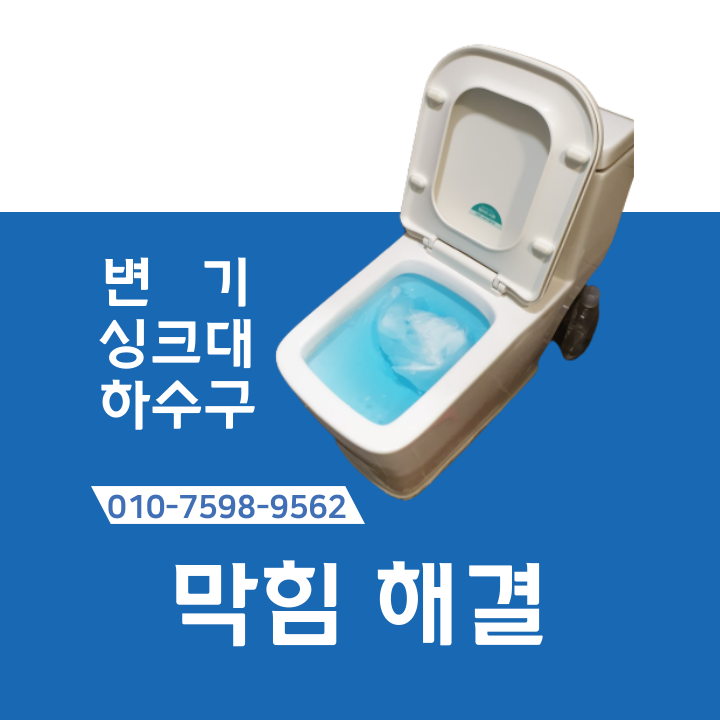하수쿡24
Designing a Bathroom in Korea vs. Europe: What You Need to Know 본문
There are several differences between Korean bathrooms and European bathrooms, including Size, Layout, Toilets, Showers, Ventilation, Flooring.Let's be more in detail though, here is a more detailed explanation of the differences between Korean bathrooms and European bathrooms.
Korean Bathrooms:
Korean bathrooms are often designed with space-saving in mind, particularly in apartments and smaller homes. As a result, they tend to be smaller than European bathrooms, but can still be functional and stylish. Korean bathrooms often feature a utilitarian layout, with the shower, sink, and toilet all in close proximity to each other.
One of the most noticeable differences between Korean and European bathrooms is the design of the toilet. Many Korean toilets are equipped with a built-in bidet or washing feature, which is less common in European bathrooms. This feature is particularly popular in Korea and Japan, where it is believed to be more hygienic and comfortable than traditional toilet paper. The bidet or washing feature is usually operated by a control panel on the side of the toilet, allowing users to adjust the water pressure and temperature.
Korean bathrooms often feature a showerhead that is attached to the wall, without a separate enclosure or shower curtain. This design can be practical, as it allows for easy cleaning and maintenance. However, it can also lead to water splashing onto the floor, so it is important to have proper drainage and ventilation. Some Korean bathrooms may have a small bathtub or a shower stall with a curtain or door.
Another common feature of Korean bathrooms is the ventilation fan. Due to the high humidity levels in Korea, it is important to have proper ventilation to prevent mold and moisture damage. The ventilation fan helps to remove excess humidity and circulate fresh air, improving the overall air quality in the bathroom.
Finally, Korean bathrooms often have a drain in the middle of the floor, as it is common to wet mop the bathroom. This design allows for easy cleaning and helps to prevent water damage. However, it can be challenging to keep the drain clean and free of debris.

European Bathrooms:
European bathrooms are typically larger than Korean bathrooms, with more room for amenities such as bathtubs or shower stalls. They are often designed with a more compartmentalized layout, with separate areas for the toilet, sink, and shower or bathtub.
In contrast to Korean bathrooms, European bathrooms rarely have a bidet or washing feature built into the toilet. Instead, bidets are often found as separate fixtures or installed as part of the sink. Some European bathrooms may not have a bidet at all, as it is not as common or popular as it is in Korea and Japan.
European bathrooms often have a separate shower enclosure or bathtub with a showerhead and a shower curtain or door. This design helps to contain water and prevent it from splashing onto the floor. European bathrooms may also have a separate area for the toilet, providing more privacy and separation from other bathroom activities.
Ventilation in European bathrooms is typically provided by a window or ventilation fan. Unlike in Korea, where the fan is often necessary to combat high humidity levels, ventilation in Europe is more focused on removing odors and improving air circulation.
European bathrooms typically have a tiled or waterproofed floor, without a central drain. This design helps to prevent water damage and allows for easier cleaning. However, it may be less convenient for wet mopping or other cleaning methods.

In conclusion, there are several differences between Korean bathrooms and European bathrooms, reflecting differences in cultural norms, building standards, and space considerations. While Korean bathrooms often feature a more utilitarian layout with a built-in bidet and showerhead attached to the wall, European bathrooms are typically larger and more compartmentalized, with separate areas for the toilet, sink, and shower or bathtub. Regardless of the differences in design and amenities, both types of bathrooms can be functional and comfortable with proper maintenance and attention to detail.

